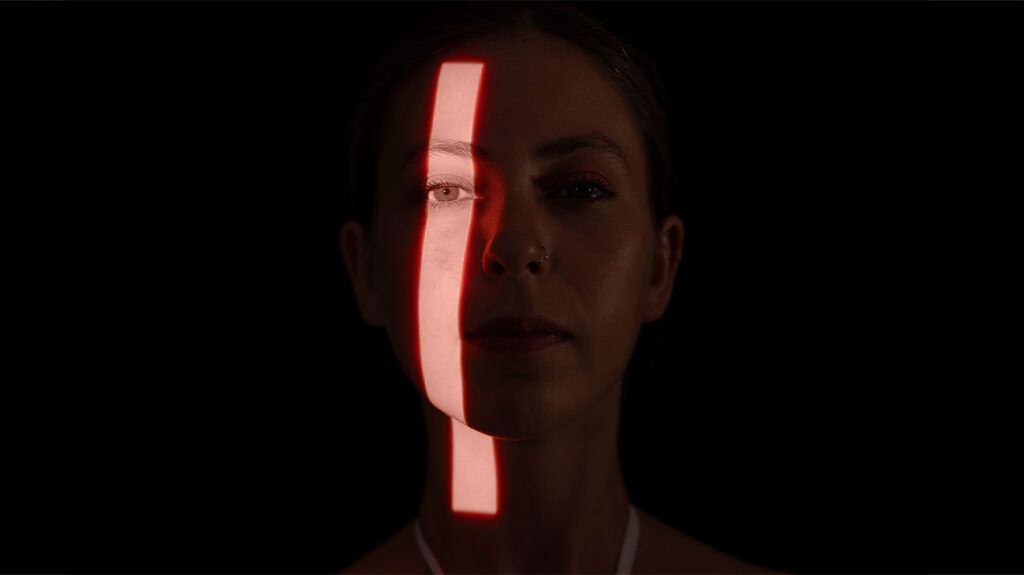Neurogenic rosacea is a skin condition that affects the face. It manifests as discoloration, stinging, and burning. Other symptoms involve pain and an unpleasant sense of touch disproportionate to the stimulus or cause.
Research notes several factors, including the atypical functioning of nerve cells, the immune system, and blood vessels in the skin, likely cause rosacea. Treatment varies with the symptoms, but medications for the most challenging symptoms may involve antidepressants and antiseizure drugs.
Keep reading to learn more about neurogenic rosacea, including its symptoms, causes, treatment, diagnosis, outlook, prevention, and when to see a doctor.

Rosacea is a long-term or chronic skin disorder that causes discoloration and inflammation in the central part of the face. Doctors categorize rosacea into four subtypes, but neurogenic rosacea is not one of them.
Instead, it is a lesser-known subtype that
Learn more about rosacea.
Symptoms of neurogenic rosacea include:
- dramatic facial discoloration
- stinging
- burning
- dysesthesia, which is an unpleasant, unusual, or painful sensation associated with the sense of touch
According to older evidence, a relatively high proportion of people with the condition have neurologic or neuropsychiatric symptoms. These may entail:
- depression
- complex regional pain syndrome, a condition that causes extreme sensitivity to touch
- obsessive-compulsive disorder (OCD), a condition that involves intrusive thoughts and repetitive behaviors that interfere with daily activities
- essential tremor, a condition that manifests in rhythmic and involuntary shaking
Any person with symptoms of neurogenic rosacea should contact a dermatologist to receive treatment. A dermatologist can also provide instructions on how to care for the skin and avoid environmental triggers. The combination of self-care with treatment can make a difference.
Researchers do not fully understand the cause of any rosacea subtype.
Impairment in the functioning of nerve cells plays an equal role, according to a much
- the
release of inflammatory chemicals - vasomotor instability, which causes symptoms, such as flushing
- nerve cell injury
The aforementioned
Vasomotor symptoms
These symptoms include flushing and telangiectasia, the widening of tiny blood vessels that make them appear as small, discolored clusters and lines. The treatment may involve:
- beta-blockers, such as atenolol (Tenormin)
- calcium channel blockers, such as amlodipine (Norvasc)
- alpha-1 adrenergic blockers, such as doxazosin (Cardura)
Laser and light-based therapies may also help because they reduce or eliminate blood vessels, thickened skin, and discoloration.
Inflammatory symptoms
These symptoms include:
- swelling
- pustules, which are pus-filled papules
- papules, which are small, raised areas of skin tissue
If these symptoms are mild, the below medications may help.
Neuropathic symptoms
Neuropathic symptoms involve effects, such as itching or dysesthesia. Treatment may pose a challenge and require a unique approach, but the most effective options may include:
- antiseizure drugs, such as gabapentin (Gralise, Horizant, Neurontin) and pregabalin (Lyrica, Lyrica CR)
- pain-modifying antidepressants, such as duloxetine (Cymbalta, Drizalma Sprinkle, Irenka)
- tricyclic antidepressants, such as amitriptyline (Elavil)
A doctor should use laser and light-based therapies with caution for these symptoms.
Because a diagnosis comes
Neurogenic rosacea is a lesser-known subtype, so scientific literature does not provide much information about the outlook.
However, a 2021 study involving 17 people from Korea found that
Concerning the outlook of rosacea in general, the
- avoiding products containing irritants, such as:
- perfumes
- eucalyptus
- alcohol
- menthol
- fruit acids
- camphor
- mint
- chemical or mechanical peeling agents
- using a soap-free cleanser with a low pH
- washing the face with lukewarm or cool water and gently patting it dry
- protecting the skin from the sun
- using a fragrance-free moisturizer if the skin is dry
Avoiding the below possible triggers may also help:
- hot beverages
- spicy foods
- alcoholic beverages
- extreme temperatures
- medications that dilate the blood vessels
- stress
Neurogenic rosacea is a lesser-known subtype of rosacea. Research reports it is chronic and produces flushing and burning that traditional treatments do not relieve. The condition may also manifest with pain and depression.
Causes can include malfunctioning of nerve cells, the immune system, and blood vessels in the skin.
There are different interventions for different symptoms, but the treatment of the hardest-to-treat symptoms may entail antiseizure medications and antidepressants.
The only diagnostic tools necessary are a medical history and physical examination by a qualified doctor, such as a dermatologist.
In general, people with this condition can expect a good outlook. Those with symptoms should see a dermatologist for treatment and instructions on how to care for their skin.
